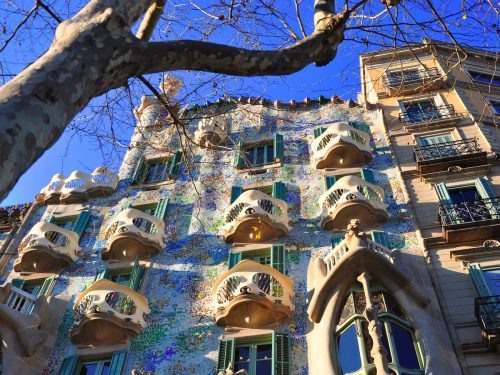 Exploring Gaudí’s Casa Batlló in Barcelona, Inside and Out
Exploring Gaudí’s Casa Batlló in Barcelona, Inside and Out
Outside 43 Paseo de Gracia (Passeig de Gràcia in Catalan), you’ll always find crowds of people waiting to enter Casa Batlló, a house…
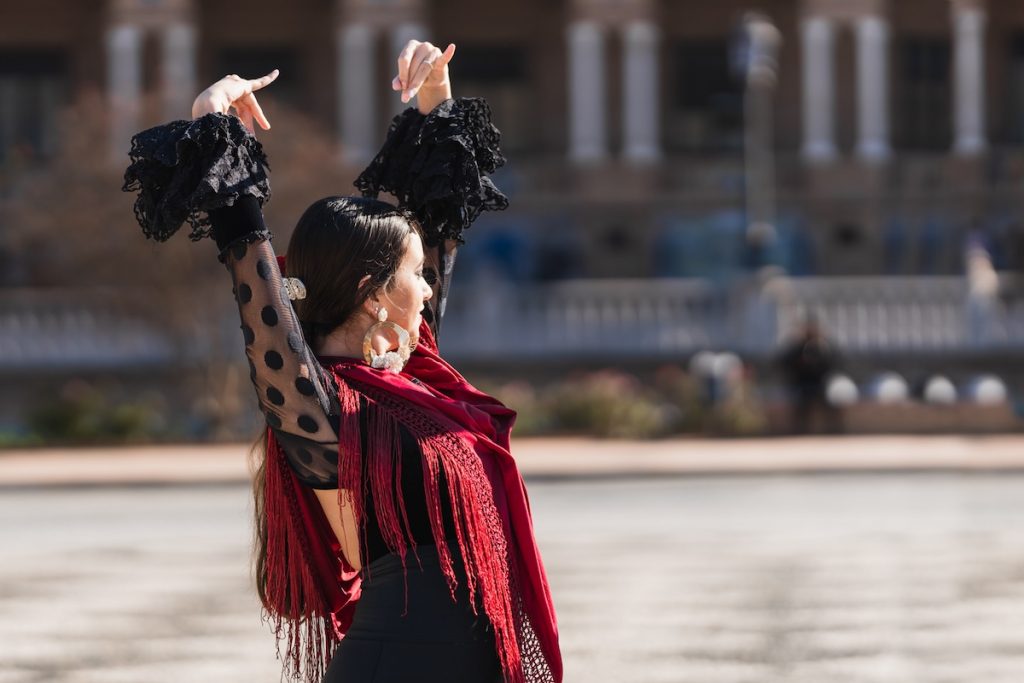
Before I visited Spain for the first time, I imagined that flamenco is synonymous with Spain’s national identity. It would be far-fetched to say that I expected to find flamenco dancers, singers, and guitarists performing in the streets and cafes on every corner, but it wouldn’t be far off.
While flamenco is believed to have originated in Southern Spain — the autonomous region of Andalucia specifically — this traditional style of music and dance is so popular with visitors that you don’t have to be in Sevilla to see an authentic performance. In fact, Catalonia (or Catalunya) is one of the top regions in Spain for flamenco because so many gitanos live here.
Who are gitanos? And where exactly should you go to see flamenco in Barcelona? You’ll just have to keep reading to find out!
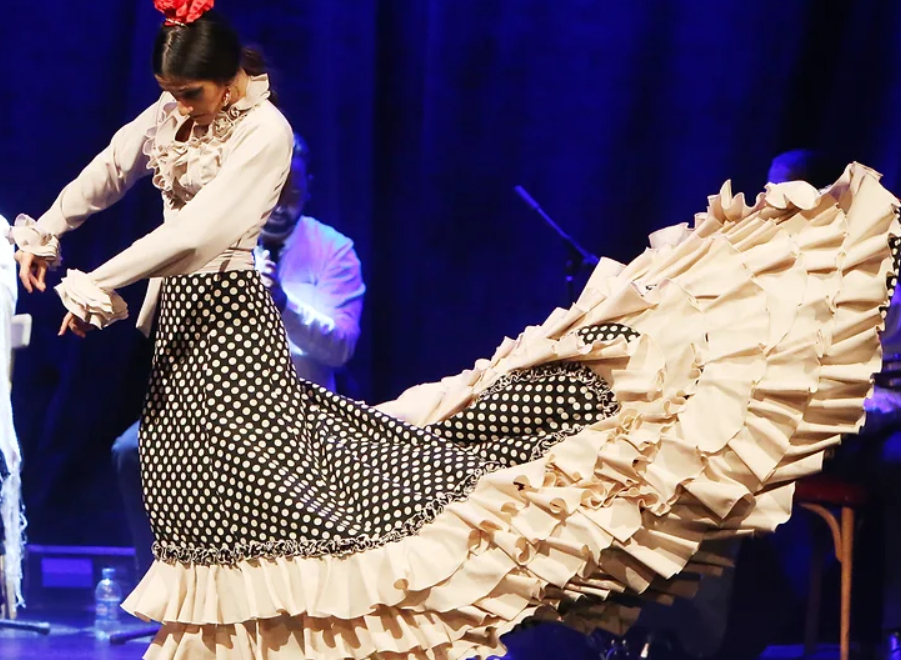
If you know nothing about flamenco, you might mistake it for simply being a type of Spanish dance, but that description doesn’t do it justice.
Flamenco isn’t just a set of dance moves — it’s an intimate and passionate emotional state expressed through:
These three elements are essential to a flamenco performance. You need a “cantaor” to move your heart and soul with a song, “bailores” to express emotion through the rhythm of their dance moves, and an intuitive guitarist who lets the music guide them.
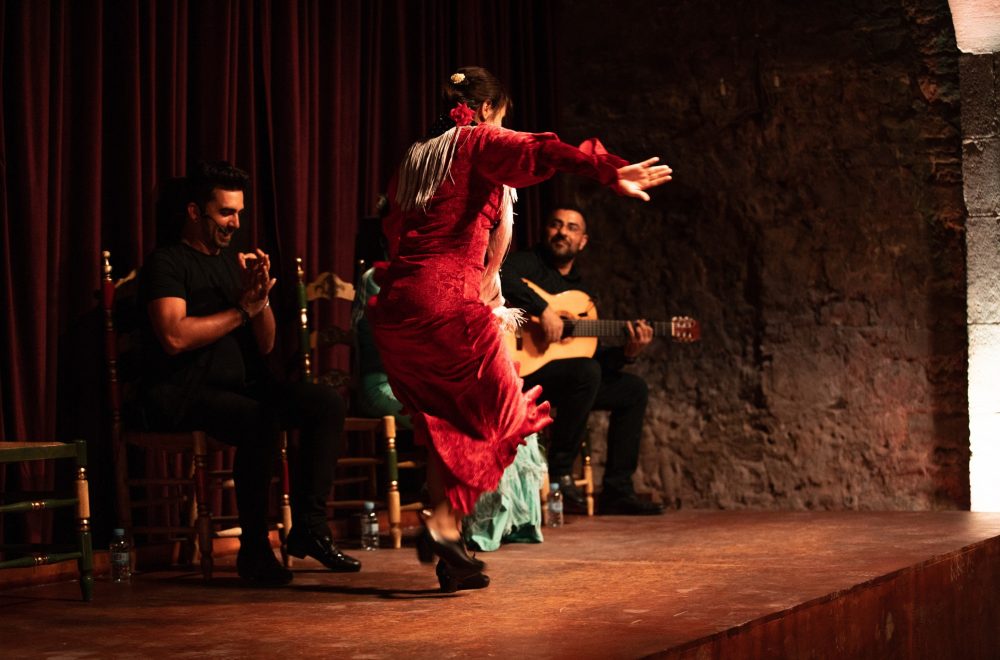
While all three elements of flamenco are important, the song is its essence, categorized as “cante jondo” (profound song), “cante intermedio” (intermediate song), and “cante chico” (light song). Each song style is unique with its own distinct rhythm, lyrics, and emotional content. You might be able to guess that the profound style, cante jondo, deals with subjects like death and despair, while cante chico focuses on love and happiness.
Musicians use a combination of instruments to produce the rich sounds of each flamenco style. Most notable are the Spanish guitar and clicking castanets the singers and dancers use to keep time with the beat of the music.
Tip: When you watch a flamenco show in Barcelona, see if you can spot the difference in sound produced by the left-hand (a lower pitch) and right-hand castanet.
Flamenco’s popularity in the 19th century may have influenced how quickly it spread as a form of entertainment from southern Spain to Madrid and other regions of the country, but its reputation — especially among the Spanish elite — hasn’t always been favorable.
It started in the 18th century with Spain’s Gypsy or Roma population, known as the gitanos, who migrated to Andalucia and were seen as outsiders.
An increase in foreign tourism and the World’s Fairs of the 19th and 20th centuries helped make flamenco a cultural symbol, which the Catholic Church and even some Spanish intellectuals weren’t happy about at the time.
In the 1950s, the Franco Regime seized on tourists’ perception of flamenco being at the heart of Spanish culture to boost the country’s tourism industry after years of isolation. He not only increased the number of clubs where flamenco was performed, but also used the images of female flamenco dancers in travel brochures and other advertisements.
Due to Spain’s thriving tourism industry, flamenco shows are wildly popular today in cities far from where the tradition began. In Barcelona, you can learn about its history and catch mesmerizing performances around the city. To show travelers the best of Spanish culture, we’ve even added a flamenco show to one of our Barcelona tours (more on this below, but the video above gives you a sneak peek).
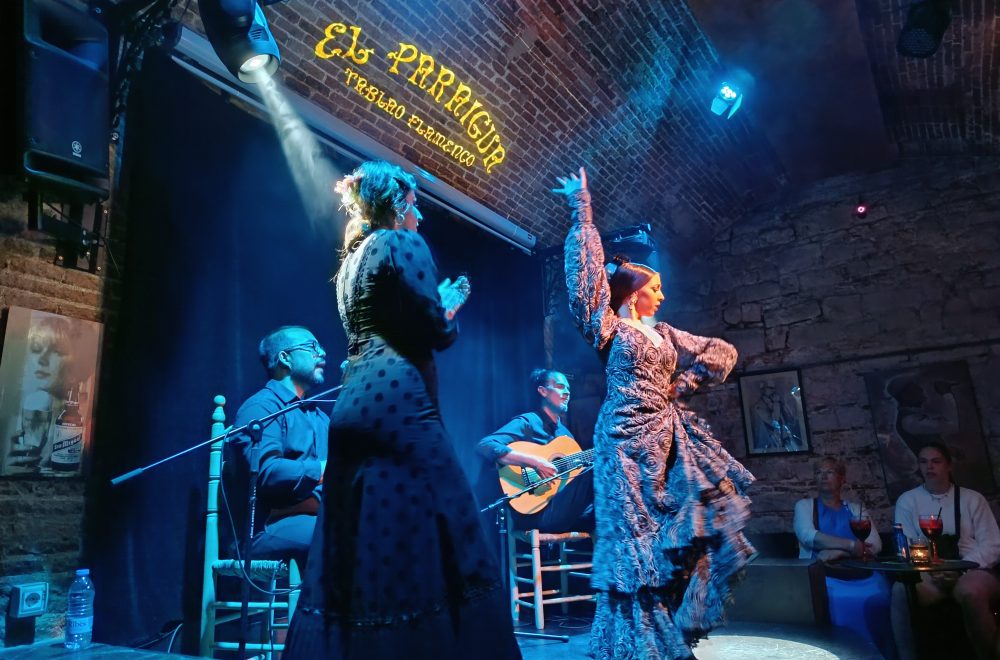
At El Paraigua, you can see a traditional live flamenco show on Friday and Saturday nights.
Our Barcelona Gothic Quarter Tour has an optional upgrade for a flamenco show in an intimate venue surrounded by the atmospheric walls of a former convent dating to the 11th century. Your ticket even includes a complimentary drink.
For one hour, these flamenco dancers and musicians will transport you back to what feels like old world Spain.
It’s the perfect way to finish off an afternoon exploring the best of Barcelona’s Old Town. You’ll say goodbye to your guide — who’s already prepared you for what you’ll see next — and have time for dinner if you choose before your show at 9 p.m.
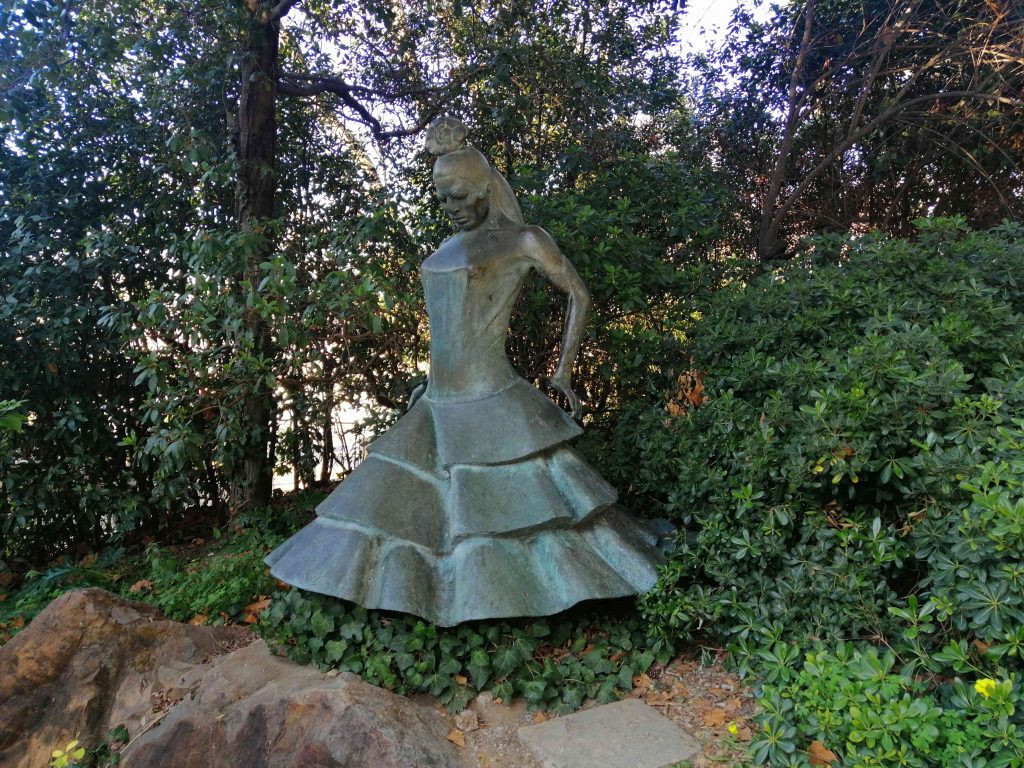
We believe in the beauty of flamenco — and sharing this local dance with visitors — so much that we’ve also included it on our Montjuïc Walking Tour. Again, as an upgrade, you can choose to add on a live performance of dance and music.
It’s perfect after your Montjuïc tour because your guide will talk about multiple Spanish dances, including flamenco, and you’ll see dance-related art like the statue above, which ties in nicely for your evening.
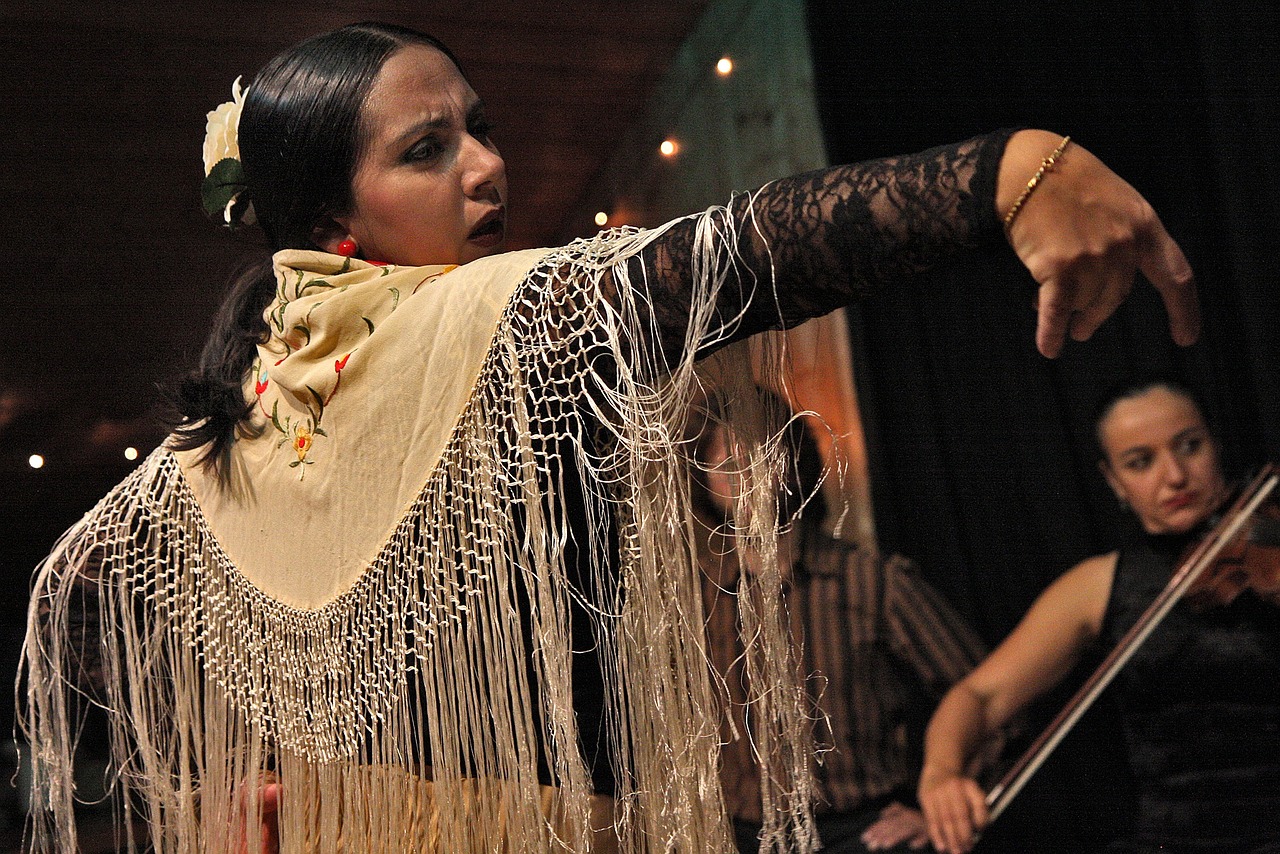
Is a flamenco show worth seeing in Barcelona?
Attending a flamenco show is a must while in Spain, and Barcelona is especially great for it. The region of Catalunya — which Barcelona is the capital of — has the second highest number of gitanos in Spain after Andalucia due to the waves of immigrants who relocated here for the two world fairs (1888 and 1929).
When you’re ready to sit and watch the action, there are plenty of flamenco shows in Barcelona to choose from. When you book some of our Barcelona tours, like our walking tours of the Gothic Quarter and Montjuïc, you can choose to add on a ticket for an evening performance featuring talented flamenco artists.
It isn’t enough to read about flamenco — you need to experience it for yourself.
Where are the best places to see a flamenco show?
We recommend El Paraigua for a traditional experience, which is why we make it part of our Barcelona Gothic Quarter Tour, but you’ll also have a fun time at the Flamenco Teatro Barcelona City Hall, Tablao Cordobes, the Palau de la Musica, and Los Tarantos in Plaça Reial.
How should audience members behave at a flamenco show?
What’s expected of the audience at a flamenco show? Participation! This means that you can shout words of encouragement like “¡Toma que toma!” (which roughly translates to “it takes what it takes” in English).
How long is a flamenco show?
Flamenco shows in Barcelona, like the performances at El Paraigua, typically last one hour.
How much does it cost to see a flamenco show?
The price varies depending on where you see a show and the experience you select. Our Barcelona Gothic Quarter Tour With Flamenco is only €50, including the walking tour, the show, and a complimentary drink.
We hope you will join us for our walking tour of Old Town and see a flamenco show while you’re here, but there’s so much more authentic Spanish culture to experience in Barcelona if you have the time.
One of the best events for a real taste of local flavor is Sant Jordi’s Day. Even if you won’t be in town for the festival in April, you’re sure to find an interesting Catalan festival or tradition to experience any time you go. Check out our guide to Catalan festivals and traditions to learn more.
 Exploring Gaudí’s Casa Batlló in Barcelona, Inside and Out
Exploring Gaudí’s Casa Batlló in Barcelona, Inside and Out
Outside 43 Paseo de Gracia (Passeig de Gràcia in Catalan), you’ll always find crowds of people waiting to enter Casa Batlló, a house…
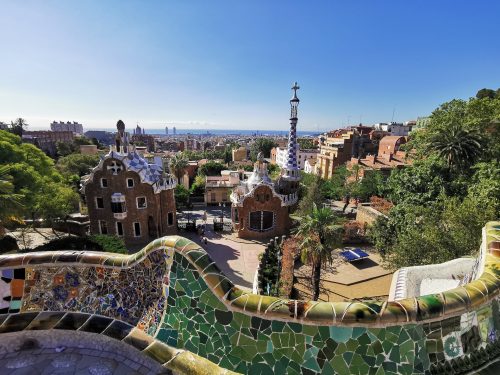 How To Visit Park Güell in Barcelona
How To Visit Park Güell in Barcelona
Planning to visit Park Güell on your trip to Barcelona? It’s a must-see in the city, and this guide will help you know…
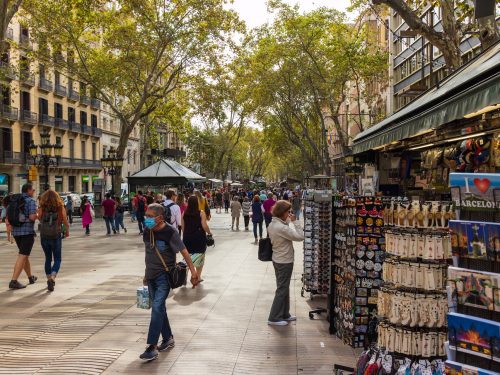 What To See, Do, and Skip While Walking on La Rambla in Barcelona
What To See, Do, and Skip While Walking on La Rambla in Barcelona
La Rambla, a pedestrian boulevard in Barcelona, may sound like any flâneur’s dream with its long line of beautiful trees, variety of cafes…